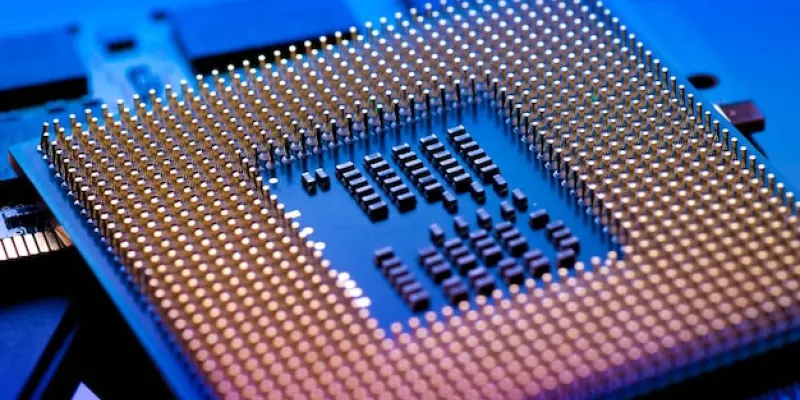Recently, users of AMD’s Ryzen 9000 X3D series CPUs have encountered significant challenges when using ASRock motherboards, resulting in potentially serious malfunctions. Initially, these troubling occurrences were attributed to user error, a stance that ASRock held firm. However, more recent insights provided by Tech City Yes, a respected voice in the tech community, have prompted a shift in understanding and accountability. Conversations with engineers at ASRock have uncovered a more complex situation, involving issues with electric and thermal design currents. These problems are related to the Precision Boost Overdrive settings and specific motherboard voltage configurations, which have been identified as contributing factors to CPU failures. ASRock has responded by deploying multiple BIOS updates, promising to fix these problems by tapping into settings commonly restricted from BIOS developers.
Analyzing the Technical Landscape
The technical intricacies behind the Ryzen 9000 X3D series CPUs and ASRock motherboards are profound, with engineers striving to decipher the exact cause of malfunctions. The core issue seems anchored in an electric and thermal misalignment that affects thermal design current. Precision Boost Overdrive, a feature designed to enhance performance, appears to exacerbate these problems on ASRock motherboards. This suggests that it is not just a simple software glitch but a multifaceted electrical problem. BIOS developers typically do not have access to certain settings, but ASRock’s engineers have reportedly navigated these restrictions to create updates aimed at alleviating the issues. Despite these efforts, the lack of official statements from AMD or ASRock has left many users in the dark, further fueling speculation. Tech City Yes’s evaluation indicated that recent updates did not lead to obvious performance improvements, leaving enthusiasts pondering the root cause and potential solutions.
Deciphering Future Implications
While ASRock’s BIOS updates aim to mitigate the risk of CPU failure, the path forward remains fraught with unanswered questions and cautious optimism. Users are advised to keep their BIOS updated as a precautionary measure. Yet, the absence of immediate performance changes post-update has cast doubts on the effectiveness of these fixes, leaving many enthusiasts perplexed. The responsibility now partly rests on ASRock to issue more frequent updates and possibly collaborate more closely with AMD to resolve these underlying issues conclusively. This situation underscores the broader industry challenge of ensuring compatibility between high-performance CPUs and specific motherboard configurations. Moving ahead, it remains crucial for technology companies to maintain transparent communication with users, providing clear guidance and reassurance amid such technical hurdles. Monitoring further developments and staying informed will be key for users grappling with these ongoing challenges.

